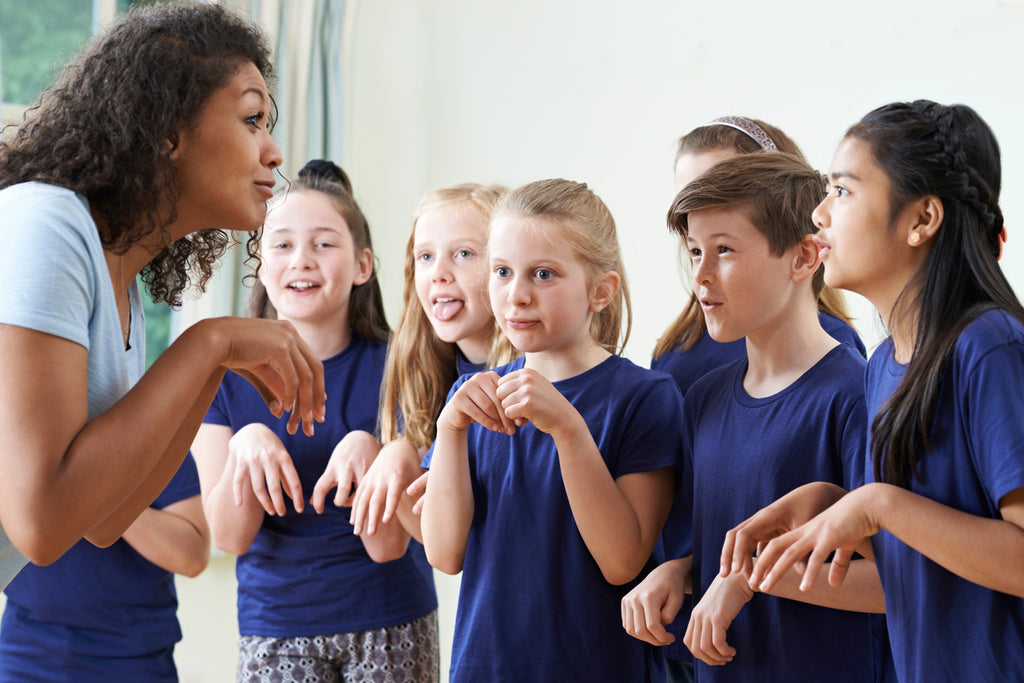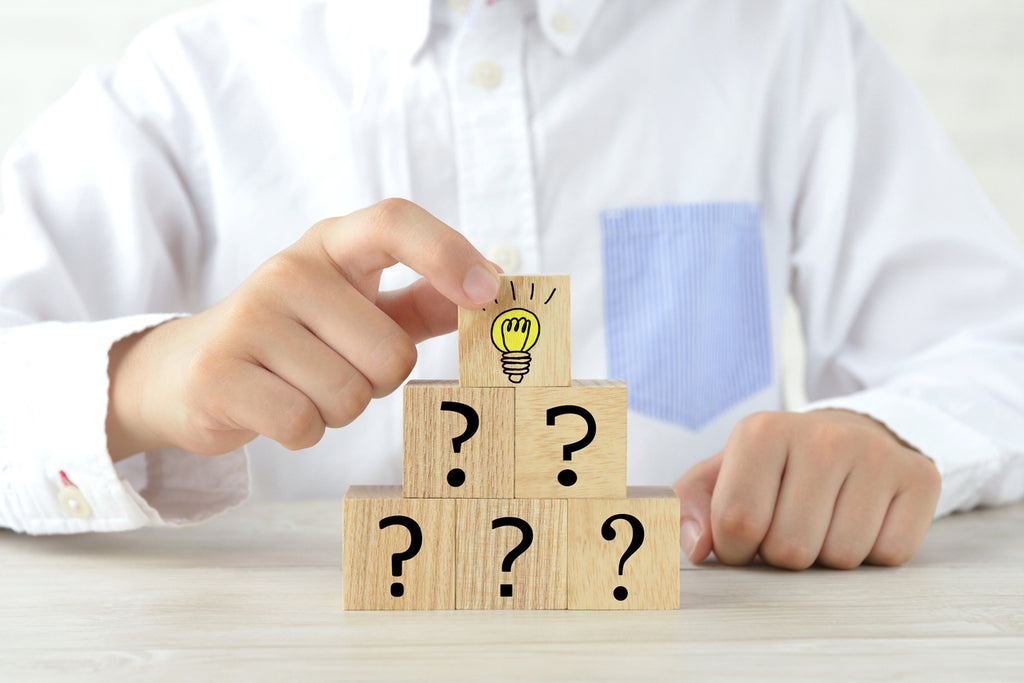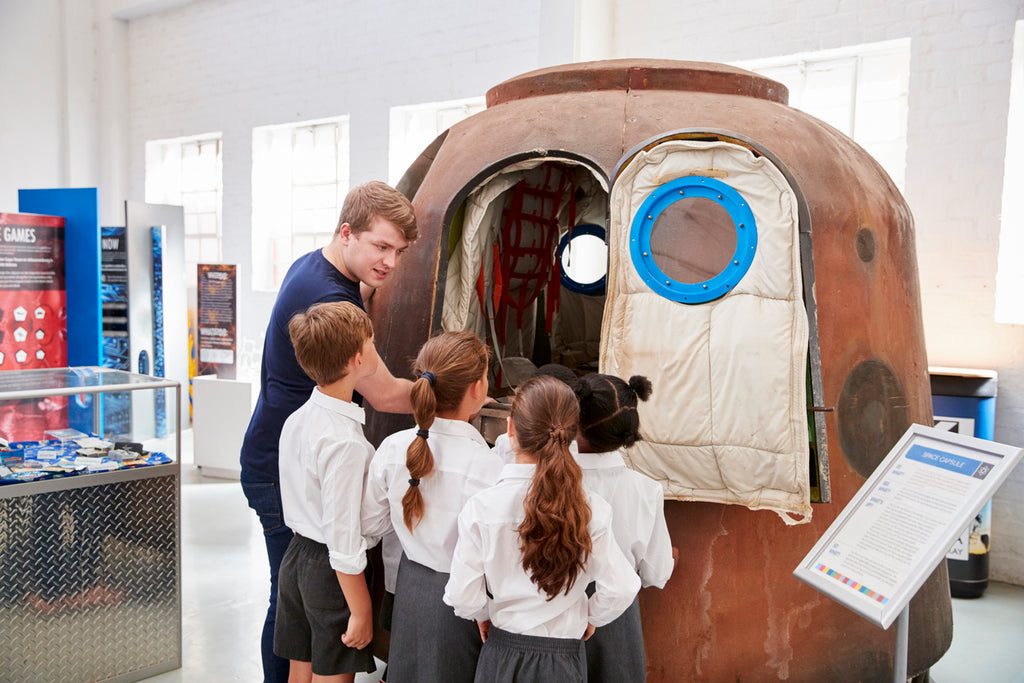Children's Mental Health Week is from 5th to 11th February 2024 and the theme this year is 'My Voice Matters'.
With children's mental health increasingly becoming an issue in primary schools, we wanted to have a think about what mentally healthy schools look like, why mental health in schools is important and explore some quick, easy tips for creating mentally healthy classrooms.
1. Create a nurturing environment where everyone feels valued and safe.
It is a bit of a given that children who feel nurtured and safe will not only learn better but feel better too, but it’s an easy thing to overlook in the daily craziness of the primary classroom. Getting to know the children in your class, beyond what you know of their academic abilities, is a fundamental way of achieving this.
Why not take some time each week to learn a new fact about each child? Give them a ‘Knowing Me, Knowing You’ card for them to fill in with something interesting about themselves, or as a space to share anything they are struggling with or worried about. Having one-to-one feedback on these (you could write a quick response on the back of the card and leave it in their tray, or take a child aside if necessary) or a sharing a quick “Hey, I didn’t know you love ostriches – they’re my favourite animal too!” moment with a child can really make them feel valued and supported.

2. Allow everyone to have a voice.
Every class has children who love the limelight and those who would prefer to remain silent, but it’s important that everyone is given a safe space in which to voice their opinions should they wish too. Do you find it’s always the same children putting their hands up to answer a question? Use Flip Sticks to keep track of who you’ve asked a question to and to encourage the whole class to take part in discussions.
Another good method is to use ‘Talk for Me Buddies’ – a child discusses a question or problem with a partner who then feeds back what the first child has said to the rest of the class, and vice versa. This is great for children who want to share their ideas with the class but who don’t yet have the confidence to voice their own thoughts in a large group.
3. Be playful and have fun.
Play fosters creativity, collaboration and problem solving, all of which are important for good mental health. Mentally healthy schools should make sure there is time in the timetable for children to play, whether it’s a Maths game, a role-play activity or a team-building game to foster class relationships.

4. Name feelings and emotions as they arise.
This gives children and adults the language to describe how they are feeling. In the words of Dan Siegel: ‘Name it to tame it’. Children need to be able to identify the emotions they are feeling at different times during the day in order to understand how to deal with what they are feeling. Display an Emotions Poster in the classroom and encourage children to refer to it throughout the day, or give them each an individual feelings monitor to encourage them to identify when they feel different emotions, and consequently how to deal with them.
5. Take a mood register, either verbally or as a self registration board, to check in with the feelings in the room.
We recently asked some of our Facebook followers what they do in the mornings to take the register. One response that we absolutely loved was to do a mood register. This involved children giving a number from 1 to 10 when answering their name in the register to show how they were feeling that day. Subsequently, the teacher can follow-up with any low-answering children later in the day for a private chat, and other children can be aware of how their peers are feeling, giving them the chance to offer encouragement and support. This is what this teacher said about how it was working in her classroom:
“It’s amazing how, when you make talking about feelings and emotions the ‘norm’, children feel totally safe and natural expressing how they feel.” W. Travers

6. Create an atmosphere where all feelings are allowed.
Give feelings an appropriate outlet. Put boundaries in place around behaviours to keep everyone safe and develop strategies to help reinforce those boundaries. For example, let children know that they are allowed to feel happy, angry, sad or whatever other emotion they may be feeling, but that they are not allowed to bully or hit. When addressing undesirable behaviour, mentally healthy schools help both the child themselves and the other children in the class to understand that there are appropriate and inappropriate ways of dealing with difficult emotions. Learning to identify these will come in time as the children are supported in identifying and accepting their feelings.
7. Mentally healthy schools help children focus on the bigger picture.
Sometimes it’s important to help children (and colleagues) to see past the latest disastrous playtime or bad lesson and focus instead on the bigger picture. Is a child frustrated because they didn’t understand column subtraction straight away? Remind them of a time they struggled with, and overcame, another tricky strategy. Is this really any different? Do you really want to end the friendship with your best friend over the argument you had at playtime or is it not worth losing such a good friend over? As Richard Carlson wrote in ‘Don’t Sweat the Small Stuff’:
“The first step in becoming a more peaceful person is to have the humility to admit that, in most cases, you’re creating your own emergencies. Life will usually go on if things don’t go according to plan.”

8. Take learning outside and make it active as much as possible.
We live in England. It rains a lot. But that doesn’t mean that we should automatically turn ourselves off to the idea of making outside learning a regular occurrence. It doesn’t have to mean traipsing around a forest looking for earthworms or examples of deciduous leaves either (although this kind of outdoor learning is extremely valuable, fun and enriching too). Try exploring places of worship, streetscapes, architecture, local businesses, museums, galleries, parks and shopping centres. These all provide rich experiences that provide an immediately stimulating and engaging environment.

9. Read stories.
Take the opportunity to discuss the feelings and actions of the characters as you read books to your class. Is there a better way they could have reacted? What lead up to the crisis point? Analysing the reactions of characters in a number of stressful situations can support children in identifying how they react in certain situations. In turn, they can then consider how they might react more positively next time. For mentally healthy schools, it’s also important to share stories that directly encourage empathy, sympathy and kindness. Doing so helps foster these traits in children. The Kindness Movement, for example, are giving away a free kindness book. This lovely book can help kickstart your class in thinking about, and discussing, feelings.

10. Encourage calm classrooms.
Being able to calm down is a skill that needs to be practised (in some children more than others!). Embedding periods of calm into your classroom through simple activities will help your pupils to feel safer and more peaceful. The more children learn how to calm down, the more the impact of this will be felt throughout the day.
If you like these tips, share them in a staff meeting. We have created a Mental health staff CPD slideshow that you can view for free, to help you create a mentally healthy school.
Got more ideas for practical ways to improve mental health in the classroom? Tweet us or post on our Facebook page.







